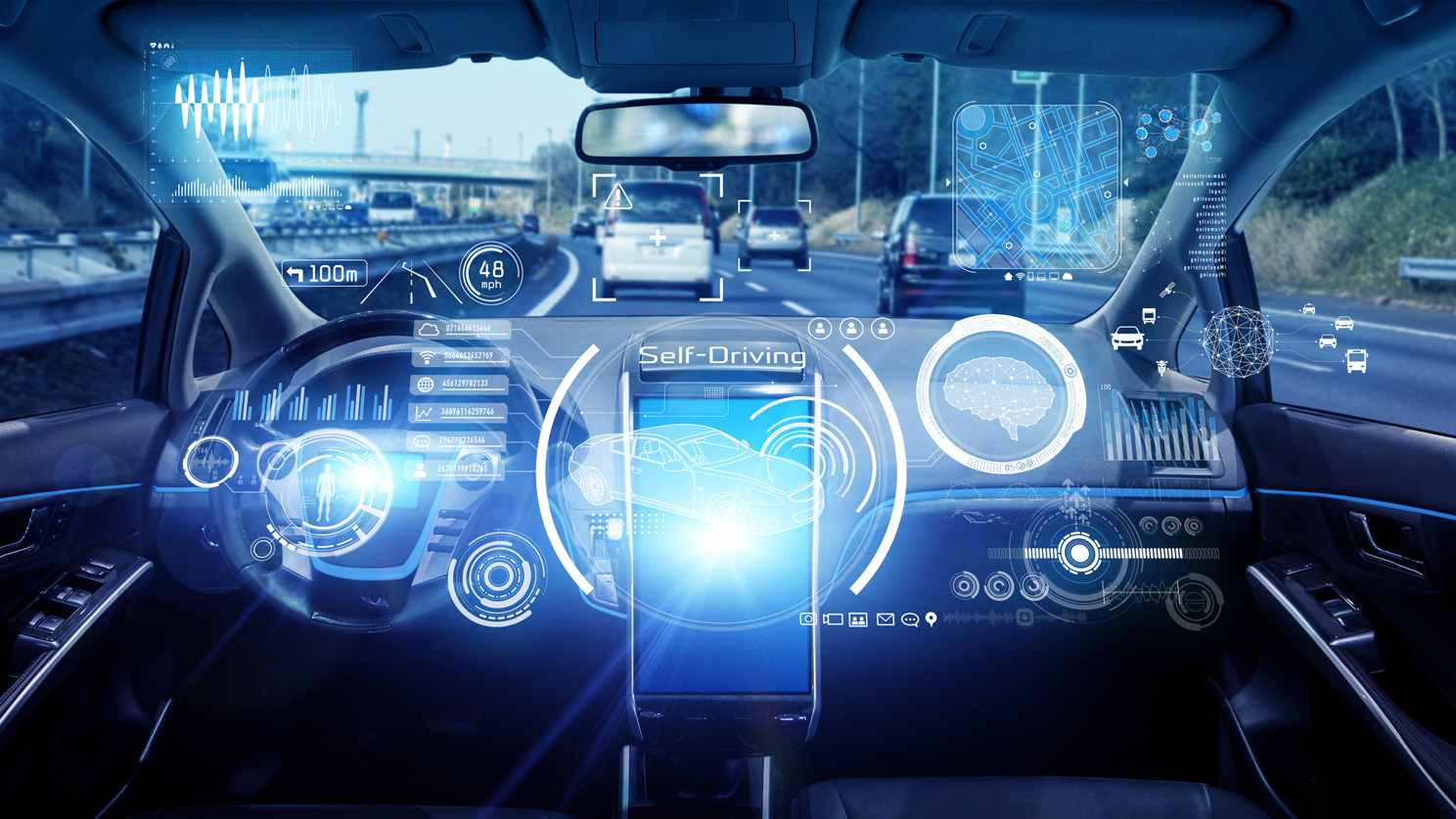
Battery Electric Vehicle (BEV) Software: Data Acquisition, Cybersecurity, Autonomy, Sensors, and Control Systems
This course introduces you to the critical software technologies driving the future of electric vehicles, focusing on automotive connectivity, autonomous driving, and advanced driver assistance systems (ADAS). You will dive into the world of connected vehicles, exploring the roles of Wi-Fi, cellular networks, global navigation satellite systems (GNSS), Bluetooth, and telematics in enabling seamless communication and data exchange. You will analyze the applications, benefits, limitations, and future trends of these technologies within the automotive industry. This course also discusses the domain of autonomous driving, where you will examine vehicle-to-everything (V2X) communication, the levels of driving automation, sensor fusion techniques, and the challenges and opportunities presented by self-driving vehicles. You will gain an understanding of advanced driving assistance systems (ADAS) technologies, including collision avoidance, lane keep, and cruise control systems. You will assess the working principles, components, and impact of these systems on vehicle safety while considering potential improvements and advancements.